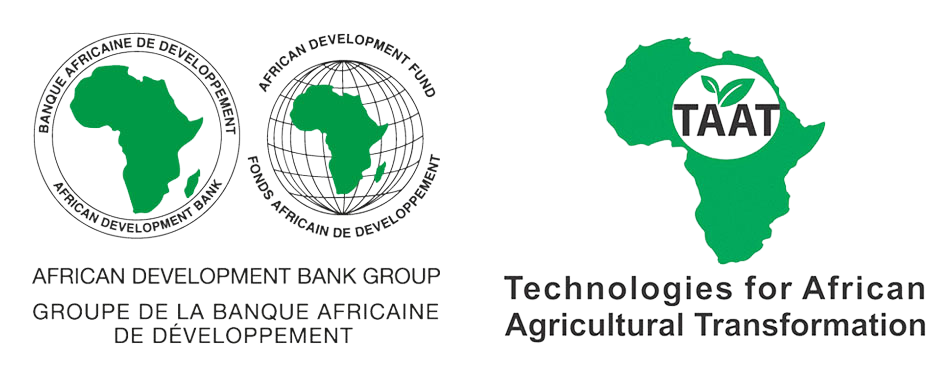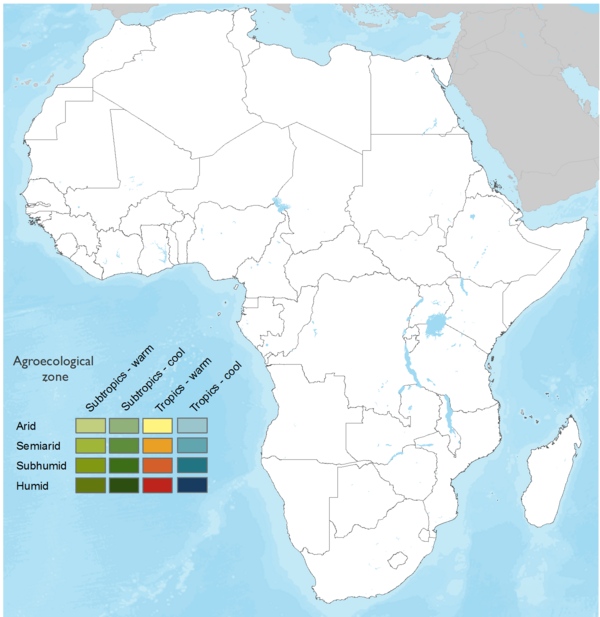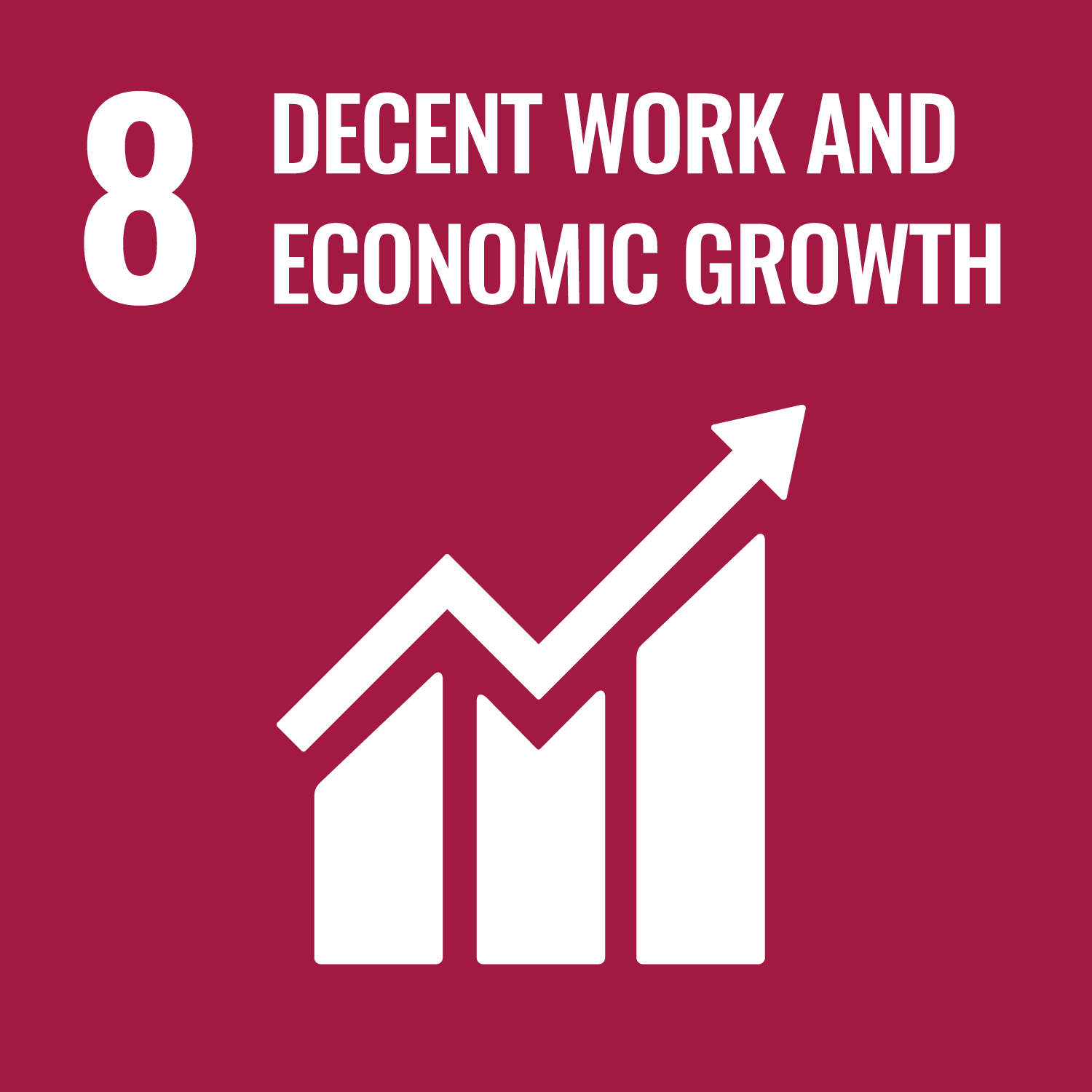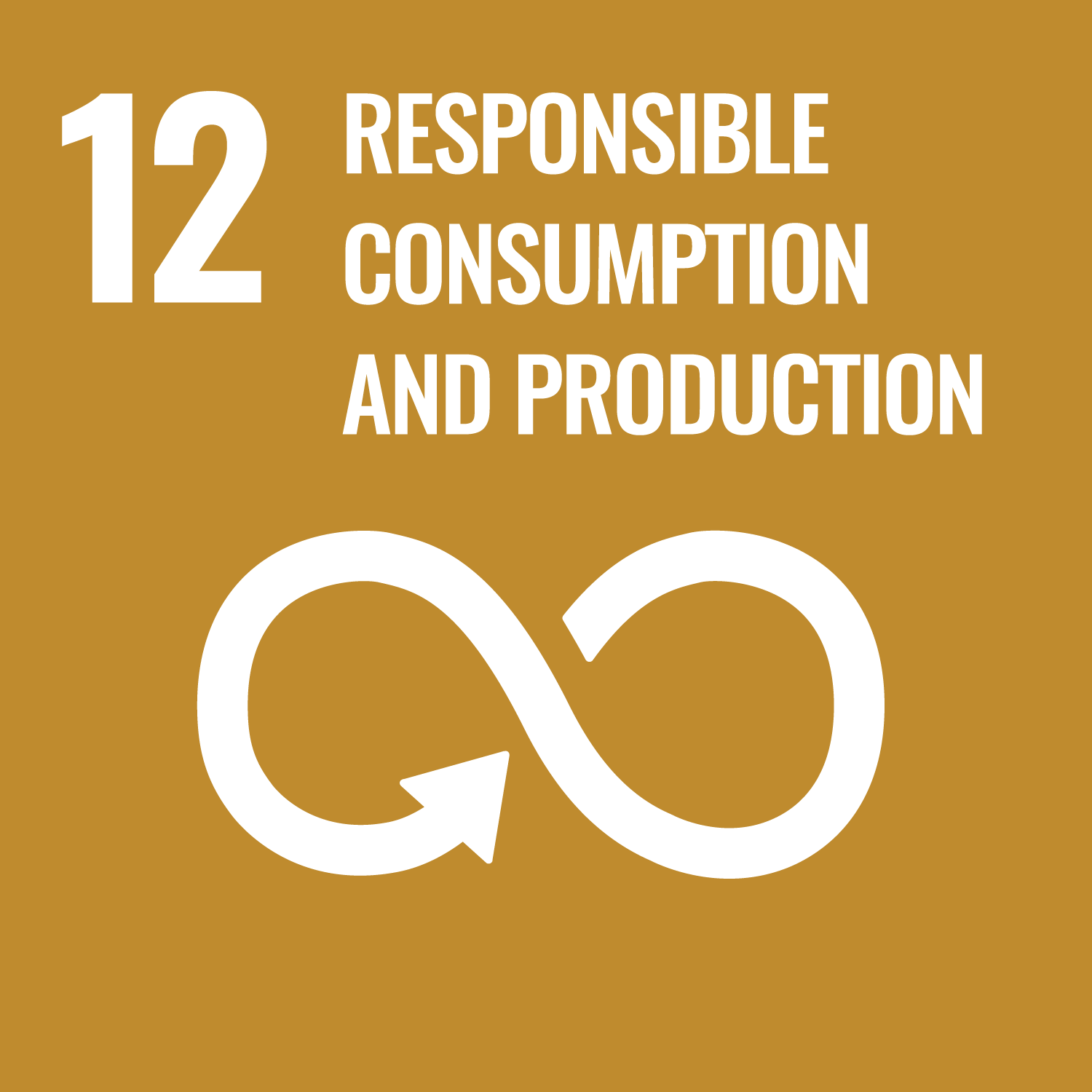

Improved cassava varieties crucial for enhancing food security, increasing farmer incomes, and reducing poverty in Africa.
This technology is a demand-led cassava breeding system that develops and promotes improved varieties tailored to market needs. It defines product profiles (e.g., fresh market, processing, biofortified) through stakeholder input, applies standard breeding and field testing, and works with regulators to release farmer-friendly varieties. Adoption is driven through demos, launch events, and media campaigns, ensuring better market alignment and wider uptake.
This technology is pre-validated.
Open source / open access
Mismatch between available varieties and market needs
Many improved cassava varieties do not meet the specific product requirements of farmers, processors, or consumers.
Limited farmer adoption of improved varieties
Farmers often continue using local or recycled varieties due to lack of awareness, limited access, or absence of demand for new varieties.
Weak integration of market preferences into breeding programs
Breeding efforts often lack direct input from stakeholders across the value chain, resulting in varieties with low commercial appeal.
Insufficient supply of breeder/pre-basic seed
Breeding programs are under-resourced and unable to produce enough starter seed to introduce new varieties at scale.
Slow and complex variety release processes
Bureaucratic delays and unclear release procedures slow down the formal adoption of improved varieties.
Low visibility and awareness of new varieties
Inadequate promotion and lack of targeted communication limit awareness and uptake of improved varieties among end-users.
Development of market-preferred varieties
Breeding and selecting cassava varieties tailored to specific product profiles (e.g., fresh market, industry, biofortified).
Stakeholder-driven product profiling
Engaging producers, processors, and market actors to define variety traits that meet local market needs.
Structured breeding process
Applying standard methods and trials (from station to on-farm) to ensure varieties are high-performing and preferred by farmers.
Support for formal variety release
Guiding compliance with national regulations and facilitating variety registration and naming.
Demand creation and market promotion
Using demonstration trials, launch events, and media campaigns to promote adoption of new varieties.
The growing demand for quality cassava products across Africa is creating exciting opportunities for private agribusinesses. A market-driven breeding approach offers private investors a strategic entry point to secure premium raw materials, strengthen value chains, and drive growth through improved cassava variety adoption.
To tap into this opportunity, private sector actors can:
Partner with breeding programs to co-develop cassava varieties tailored to end-user requirements—such as starch content, root size, or processing efficiency—for fresh, industrial, or fortified uses.
Invest in varietal testing and release to ensure early access to improved, market-preferred varieties and establish product differentiation.
Support variety promotion through branded campaigns, demo plots, and product launches to boost farmer adoption and secure a reliable raw material base.
Leverage digital tools and traceability systems to monitor variety identity, build brand trust, and assure processors of consistent supply quality.
Collaborate with public and CGIAR partners to access technical expertise, validated materials, and scalable models for cassava seed commercialization.
This model, successfully implemented in markets like Nigeria and Tanzania, provides a clear pathway for private investors to lead in modernizing cassava value chains—from seed to processing—while increasing profitability and resilience.
Adults 18 and over: Positive high
This is a potential channel for income generation and source of livelihood.
The poor: Positive low
The technology stimulates the creation of local cassava seed enterprises and processing businesses, generating new economic opportunities and increasing the economic resilience of rural communities.
Under 18: Positive medium
The technology can create pathways for youth, especially in rural areas, to engage in cassava seed businesses, processing enterprises, and distribution networks.
Women: Positive medium
There is opportunity of job creation through value addition, seed entreprenership and processing.
Climate adaptability: Highly adaptable
Adoptable to variable climatic conditions. There are improved varieties for different climates
Farmer climate change readiness: Moderate improvement
Improved cassava varieties are climate resilient and drought tolerant therefore farmers can adopt these varieties to mitigate threats
Biodiversity: No impact on biodiversity
Improved cassava varieties are environmental friendly and improve soil health
Environmental health: Moderately improves environmental health
Through provision of green manures that improve soil structure, drought nature of the crop increases oxygen rates for humans and animals
Water use: Same amount of water used
Utilizes available water at the early stage of crop development
Soil quality: Reduces soil health and fertility
Improved cassava varieties are nutrient miners and heavy feeders that reduces soil fertility unlike other leguminous crops
Scaling Readiness describes how complete a technology’s development is and its ability to be scaled. It produces a score that measures a technology’s readiness along two axes: the level of maturity of the idea itself, and the level to which the technology has been used so far.
Each axis goes from 0 to 9 where 9 is the “ready-to-scale” status. For each technology profile in the e-catalogs we have documented the scaling readiness status from evidence given by the technology providers. The e-catalogs only showcase technologies for which the scaling readiness score is at least 8 for maturity of the idea and 7 for the level of use.
The graph below represents visually the scaling readiness status for this technology, you can see the label of each level by hovering your mouse cursor on the number.
Read more about scaling readiness ›
Uncontrolled environment: validated
Common use by intended users, in the real world
| Maturity of the idea | Level of use | |||||||||
| 9 | ||||||||||
| 8 | ||||||||||
| 7 | ||||||||||
| 6 | ||||||||||
| 5 | ||||||||||
| 4 | ||||||||||
| 3 | ||||||||||
| 2 | ||||||||||
| 1 | ||||||||||
| 1 | 2 | 3 | 4 | 5 | 6 | 7 | 8 | 9 | ||
| Country | Testing ongoing | Tested | Adopted |
|---|---|---|---|
| Angola | Testing ongoing | –Not tested | –Not adopted |
| Benin | Testing ongoing | –Not tested | –Not adopted |
| Cameroon | Testing ongoing | –Not tested | –Not adopted |
| Democratic Republic of the Congo | –No ongoing testing | Tested | Adopted |
| Gabon | Testing ongoing | –Not tested | –Not adopted |
| Ghana | Testing ongoing | –Not tested | –Not adopted |
| Liberia | Testing ongoing | –Not tested | –Not adopted |
| Nigeria | –No ongoing testing | –Not tested | Adopted |
| Republic of the Congo | –No ongoing testing | Tested | –Not adopted |
| Sierra Leone | Testing ongoing | –Not tested | –Not adopted |
This technology can be used in the colored agro-ecological zones. Any zones shown in white are not suitable for this technology.

















| AEZ | Subtropic - warm | Subtropic - cool | Tropic - warm | Tropic - cool |
|---|---|---|---|---|
| Arid | ||||
| Semiarid | ||||
| Subhumid | ||||
| Humid |
Source: HarvestChoice/IFPRI 2009
The United Nations Sustainable Development Goals that are applicable to this technology.

By developing high-yielding, market-preferred cassava varieties, the technology helps increase farmers' incomes, reduce poverty, and create economic opportunities in rural areas.

The technology promotes food security by improving the productivity and nutritional quality of cassava, a key staple crop, including biofortified varieties rich in vitamin A.

The approach can empower women, who are often key players in cassava production and processing, by providing opportunities for increased income and participation in decision-making.

The technology fosters rural employment by creating business opportunities in cassava seed production, processing, and distribution, contributing to inclusive economic growth.

By improving the efficiency of cassava production and processing, the technology supports sustainable agricultural practices that reduce waste and increase the value of cassava as a resource.

The technology encourages collaboration among farmers, processors, researchers, and policymakers, fostering partnerships that enhance the impact of agricultural innovations.
Identify market needs
Conduct stakeholder consultations (farmers, processors, traders) to define product profiles for cassava varieties.
Breed and select varieties
Use standard breeding methods (e.g., seedling trials, clonal evaluation, multi-location on-farm trials) to develop varieties that match those profiles.
Engage with regulatory authorities
Complete required steps for official release of the new varieties (registration, naming, licensing if needed).
Promote the improved varieties
Organize demand creation trials, product launch events, and awareness campaigns (radio, social media) to drive adoption by farmers and processors.
Last updated on 28 November 2025